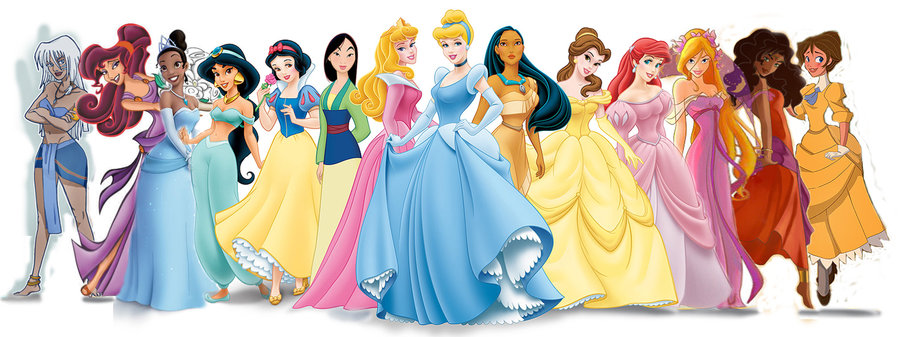
Societal processes are reflected in cultural products, which are used for their analysis. The example of the movie “Frozen” proves that these works play a significant role in shaping the main characters, and their consideration will allow examining the shift in gender stereotypes. The purpose of this paper is to prove the interrelation between processes in society and the perspective of people on gender issues. The study is intended for researchers striving to trace their dynamics in artistic works. The claim is that any shifts in the perception of societal roles are shown in the movies of Disney, especially when it comes to gender. Therefore, Elsa and Anna represent the past and the present of gender stereotypes, and their portrayal demonstrates the change in values, goals, and motivations among women.
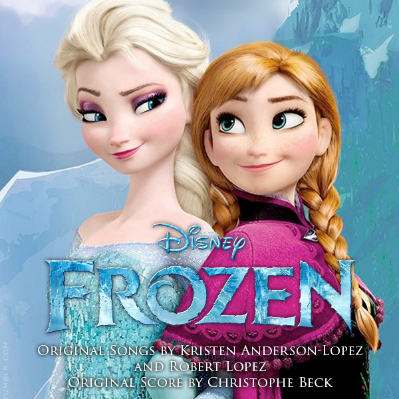
The article under consideration, “Frozen in Time: How Disney Gender-Stereotypes its Most Powerful Princess,” written by Streiff and Dundes, provides extensive information on the topic. Its authors claim that there are several newly acquired perceptions regarding female societal roles, and they are all represented in the cartoon (Streiff and Dundes 38). The intended audience is social specialists examining the conflict between power and romance typical for present-day women. Hence, target readers share the authors’ concern about the need to find the balance between the two notions. However, their stance may differ depending on whether they see a problem in women becoming powerful or perceive it as a natural course of events.
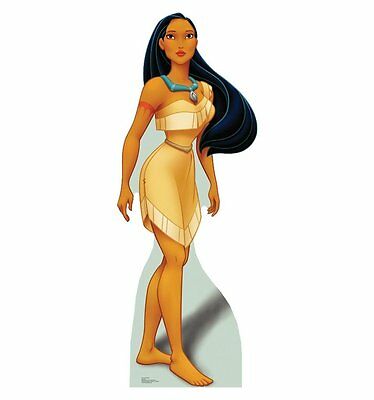
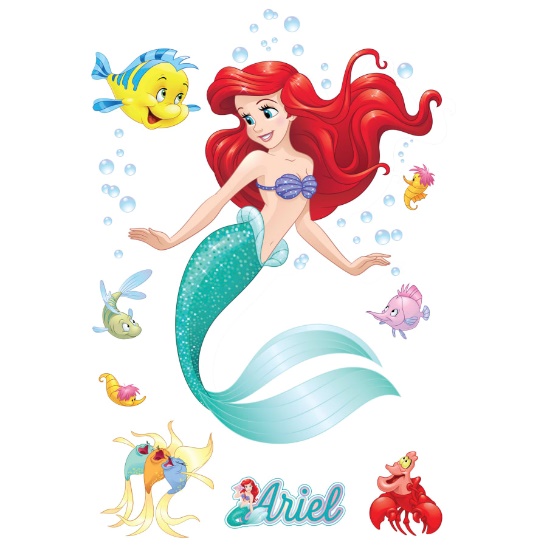
The message of the authors relating to gender stereotypes is transmitted with the use of supporting arguments and evidence from other studies, and they are critical for the analysis. Hence, the arrangement of facts allows the reader to trace the development of the main characters and their struggles (Streiff and Dundes 38). This progression is the most convincing feature of the article. The most difficult and, at the same time, appealing parts of the text are the descriptions of the origin of problems in contrast to the previous stereotypical portrayal of such characters as Pocahontas or the Little Mermaid (Streiff and Dundes 38). They contribute to one’s confusion about the “right” values while providing an opportunity to form an opinion.
The authors’ credibility with the target audience is conditional upon the belonging to the Department of Sociology of one of them and the use of previous research in the area. The connection between the scholars and their readers is seen in the appeal to specific personal information such as their interpretation of the song that reveals their perception of gender roles (Streiff and Dundes 38). The authors identify with the audience through the representation of the issues as a global problem rather than individual considerations. In this way, the inclusion of the readers in the matter enhances the understanding of the shift in stereotypes.
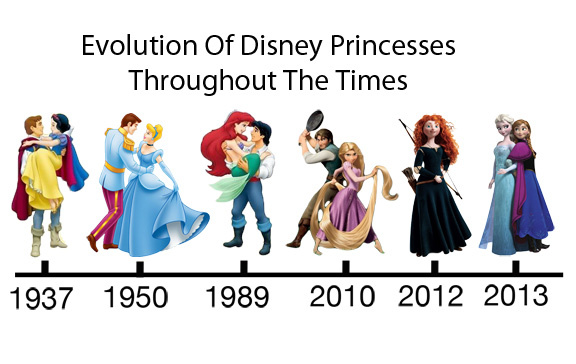
In the case of examination of gender issues, the target audience does not imply any limitations as social specialists already possess the required skills and knowledge to process the new considerations. Hence, the author’s background and qualifications of readers contribute to the successful transition of the message. However, the argument is limited to the interests of scholars since gender stereotypes is a vast topic, and the research requires narrowing the scope of issues. As for the larger context, it constrains the authors by the insufficient knowledge on changes in stereotypes. Nevertheless, the presentation of the argument was necessary for further examination of the problem, and the growing independence of women should be viewed as an ongoing process with an unexpected outcome.
Gender stereotypes in the past were largely portrayed in Disney movies, and their main female characters represented the traditional societal roles. Their characteristics also corresponded to the image, and they mostly included kindness, passivity, and dependence (Muljani et al. 18). Moreover, the only goal of women in the movies was defined by the narrow ideas of marriage and the need to be rescued by prince charming (Muljani et al. 18). The one-dimensional impression from stereotypical heroines from the past was complemented by unrealistic body portrayals (Muljani et al. 20). Nevertheless, the change in society has influenced the overall perception and female societal roles.
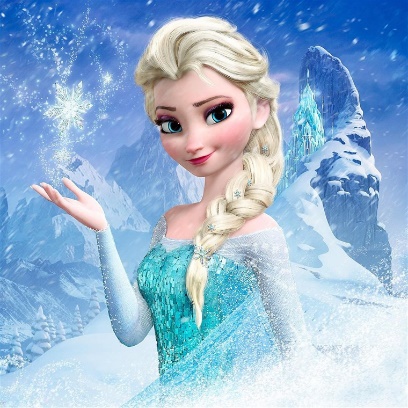
The shift in gender stereotypes is seen in the values presented in the movie, and the contrast between Elsa and Anna is a conflict between the past stereotypes and emerging perceptions. The romantic nature of Anna is opposed to the character of Elsa, who is smart, strong, funny, and independent (Bassil-Morozow). Hence, the image of the latter corresponds to the modern gender stereotypes related to women. The values inherent in her character are independence, ambitions, and decisiveness, whereas the mild nature of her sister indicates the propensity for dependence and empathy. In this way, they reflect the difference between the vision of Elsa and Anna.
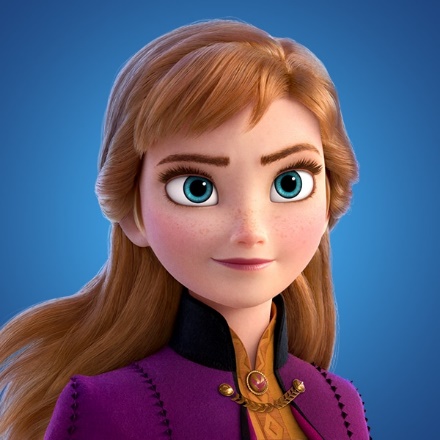
The behavior of the main characters is connected to the goals inherent in them, and they vary accordingly. For example, Anna, as a traditional female character of Disney movies, is focused on finding love in life and willingly accepts it when it comes to her. Elsa, in turn, does not think about romantic feelings and prefers to engage with the problems she faces on the way. Such a strong character as the elder sister is a perfect example of a twenty-first-century female (Streiff and Dundes 38). Therefore, the change in goals also indicates the acquisition of corresponding values and their practical inclusion in one’s life.
Finally, the motivations of female characters in Disney movies are directly connected to the shift in values and goals since it is the source of these notions. The intention of Anna to fall in love with a prince is the old-fashioned idea of women allowing them to find their place in society. However, such motivation does not address reality, and its replacement with other considerations is a logical process. The motives of Elsa relating to becoming powerful and independent and gaining self-acceptance are much closer to the present-day world and its needs (Streiff and Dundes 38). In this way, they comprise a better image transmitted to children through the movie.
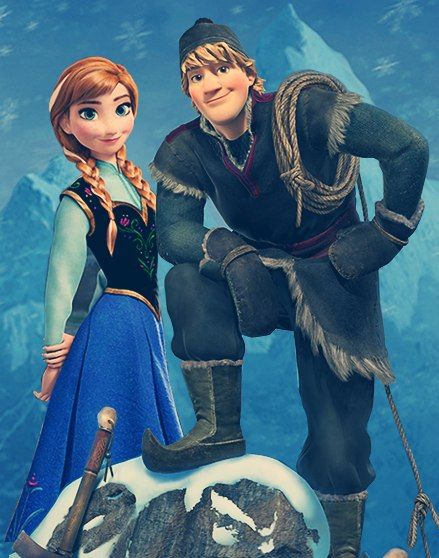
Societal changes regarding gender stereotypes primarily affect prevailing motivations, values, and goals, and the case of the place of women in society is no exception to the rule. Their image in the past was defined by the desire to find the right man to get married to and, therefore, have a person that can be a rescuer in a difficult situation. Such motivations and goals imply the prevalence of specific values like dependence and empathy. In contrast to this model, present-day women strive for independence, and it implies ambitions and decisiveness. In turn, this approach corresponds to the needs of the world, and it makes Elsa a better role model than Anna.
Works Cited
Bassil-Morozow, Helena. “Frozen II: Return of the Strong Female Characters that Little Girls Need to See.” The Conversation, 2019, Web.
Muljani, Retno et al. “Gender Sensitive Messages Delivered in the Disney Movie Frozen.” Sintesis, vol. 12, no. 1, 2018, pp. 16-26.
Streiff, Madeline, and Lauren Dundes. “Frozen in Time: How Disney Gender-Stereotypes Its Most Powerful Princess.” Social Sciences, vol. 6, no. 2, 2017, 38.